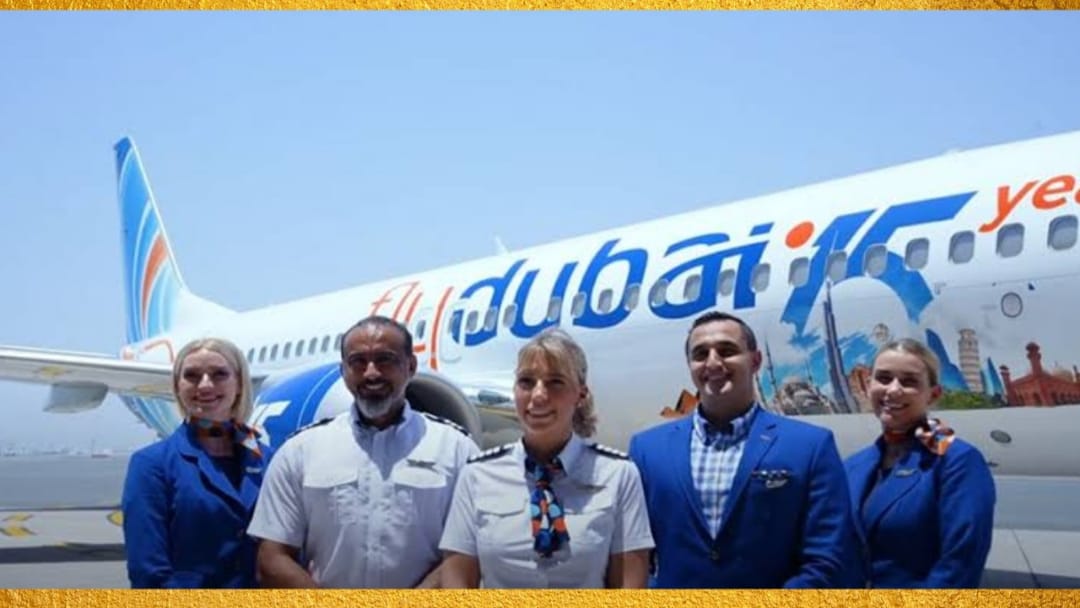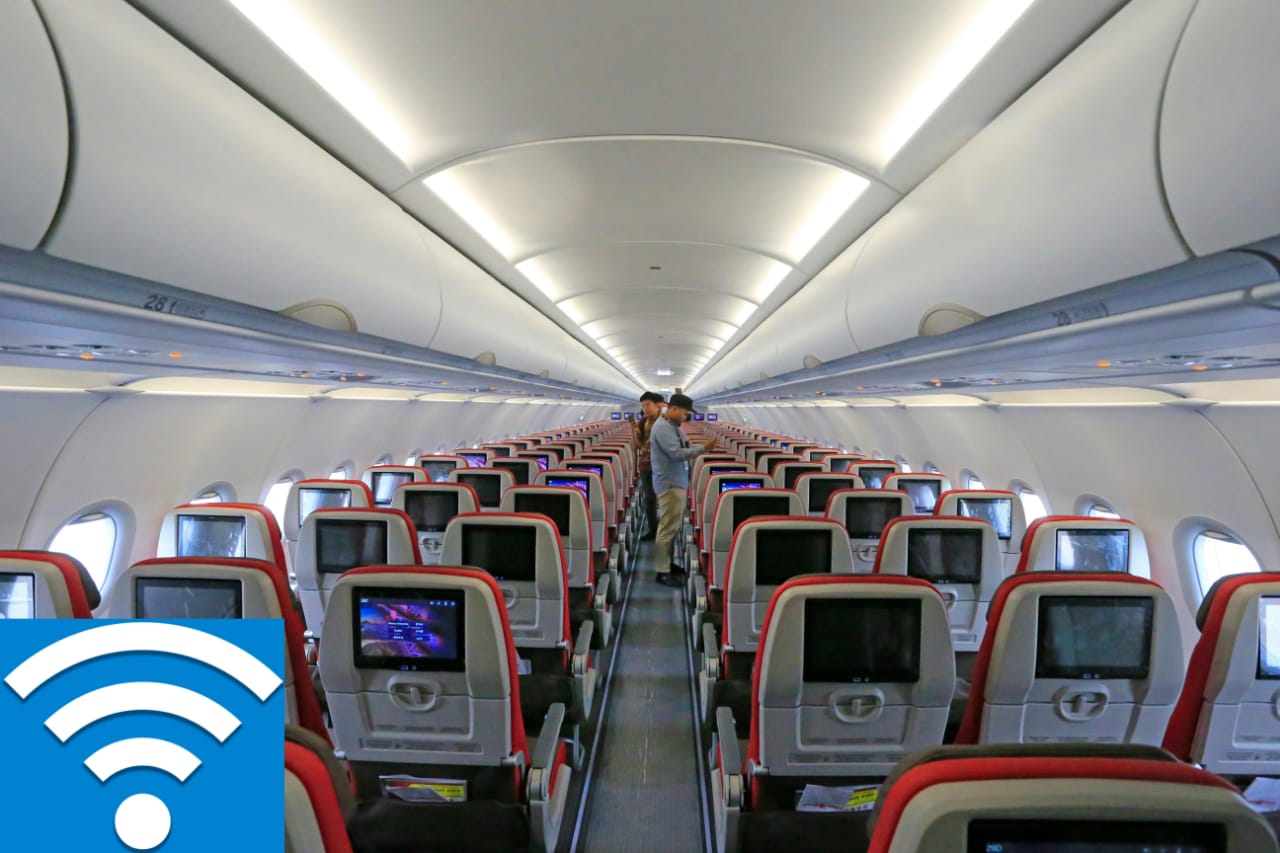The future of first-class isn’t about fluff or satin—it’s about signal. For the ultra-affluent jet-set, the defining perk isn’t just leather seats or caviar—it’s connectivity that works as well at thirty-five thousand feet as it does at home. A new arms race is playing out where luxury travel and seamless Wi-Fi collide, driven by Elon Musk’s Starlink and its parachute into the hallowed cabins of Emirates, Saudia, Flydubai, and other Middle Eastern carriers.

Starlink, SpaceX’s satellite-internet venture, has been making bold inroads. It has already hooked up with Air France, Qatar Airways, United Airlines, Virgin Atlantic, and Alaska Air Group. Now, it’s setting its sights on the glittering emirates: Emirates, the airline that turned flying into runway theater; Saudia, the kingdom’s national icon; along with Gulf Air and Flydubai. These discussions are far from idle chatter—on the contrary, they’re advanced. Finalizing them would mean luxury travelers expect not just Chanel and silk pyjamas, but streaming, Zoom, and real-time document editing without a glitch.

The appeal is obvious. Starlink’s network of low-orbit satellites sweeps across the sky—eight thousand strong—with speeds that let you download a whole movie mid-flight. That’s miles past the jittery, slow connections of the past. For anyone whose day starts in Doha and ends in Sydney, it’s the difference between working mid-air or merely watching a looping safety video.
This is a prestige play. If Starlink can score a deal with Emirates—whose fleet dwarfs most with wide-body jets—they’ve won more than an airline contract. They’ve cemented their brand as the standard for in-flight luxury. But hurdles abound: Starlink isn’t yet certified for the Airbus A380, the queen of Emirates’ fleet; furthermore, it’s blocked in key airspaces like the UAE, China, and Russia—spots Emirates traverses daily.

Talks with Saudi Arabia could prove equally pivotal. They’re nearing a deal that would outfit over 140 aircraft. Granted, that gives Starlink a foothold in the Gulf’s largest economy and major global hub. Is it symbolic? Maybe. Is it strategic? Absolutely. Saudi Arabia has signaled openness to Starlink for aviation, while neighboring countries like Qatar and Jordan have already cleared the path.
Behind the scenes, legacy providers know the game’s changed. Viasat, SES, EchoStar—they’re scrambling, rolling out multi-orbit solutions to keep up with Starlink’s low-latency gold standard. Still, the Swiss-army-knife adaptability of multi-orbit vs Starlink’s sleek simplicity remains a debate.

Luxury travelers are fickle. Some demand reconnection at 40,000 feet; others lean into disconnection. But in the realm of private jets, where light-block shades and champagne clink in harmony with deadlines, being off the grid is no longer an option. Fast, reliable Wi-Fi isn’t a gimmick, it’s essential.
Contrast that with legacy systems. A decade ago, Wi-Fi on planes was a novelty—expensive, sluggish, and spotty. Passengers either paid extra or waited it out. Now, business flyers expect the same seamless experience they have on the ground. No buffering, no buffering notifications, just smooth video calls, email, cloud apps. Recently, while traveling on Iceland Air, I accessed wifi in the sky for a mere 20 Euros, which was worth it for the 5 hour flight. It not only gave me access to friends and family for updates on my whereabouts, I was able to do some work in preparation for my return to the office the following week.
In the business of luxury, image matters. Emirates, proud conduit of extravagance, won’t settle for half measures. Starlink can install faster and cheaper than geo-satellite systems, but implementing it across a fleet of double-deckers and future wide-bodies is complex. And the cost? Running into hundreds of thousands per plane—plus monthly seat-based fees. Some airlines balk at paying per seat regardless of occupancy.
Qatar Airways is already using Starlink on its Boeings; Virgin Atlantic is exploring it. United is rolling out installations starting next year. If Emirates follow suit, by 2026 thousands of seats across the Gulf will be beaming with Starlink.
For the luxury traveler, what changes here isn’t the statement piece—it’s the uninterrupted experience. Jetting from Dubai to New York? You’ll expect to finish that presentation, stream without delay, connect with colleagues, or watch the debut film in high-def. Premium flyers who are used to First-Class perks like free Wi-Fi become outraged when connections cut out during cruise phase. A bundled loyalty perk or flat-fee model could sweeten the deal.
But don’t overlook political wrinkles. Musk’s public persona, and the polarization it invites, may give certain nations pause. Political proximity can complicate adoption—even if only subtly.
At its core, this isn’t just a tech upgrade—it’s experiential evolution. For private yachts, exclusive resorts, and elite travelers, connectivity isn’t additive—it’s expected. Imagine landing in Riyadh, still drafting an email you began over the Indian Ocean. That’s future luxe.
The market’s enormous—satcom is on track for tens of billions in revenue over the next decade. The airlines that move fastest get the first-mover halo, and the power to rewrite lounge culture: every seat becomes a productivity cocoon.
Consider this: a tired executive boarding in Singapore for a flight to London that now begins with finishing contracts, not fiddling with passwords. A fashion elite uploading runway shots to social in real-time without a lag. Starlink is selling more than Wi-Fi; it’s selling the immaterial touchpoint of reliability.

As the industry leans into this, some carriers might stay cautious—testing, piloting, making Wi-Fi tiered or loyalty-based. Others might embrace a living-room-in-the-sky model, free for all seats. Either way, luxury travel is about productivity and presence—if you can’t keep up on ground speed, it’s time to slow down.
Emirates choosing Starlink—or not—will signal how luxury airlines define itself in the next chapter. Is luxury just living large, or living without disruption, uninterrupted?

